When it comes to parenting, there’s no one-size-fits-all approach. But one strategy that has been proven to work is natural consequences for kids. Natural consequences are a great way to teach your little ones how to make good choices and understand the consequences of their actions.
As a mom, I’ve had plenty of experience using natural consequences with my own children, and I can honestly say that it’s one of the best strategies out there for teaching kids about responsibility. But don’t just take my word for it – here’s an entertaining and engaging look at why natural consequences work for kids.
I’ll never forget the time my son wanted to stay up late to play video games. I told him that if he stayed up late, he would be exhausted the next day and would have to miss out on some of his favorite activities. Of course, he thought he could handle it and stayed up late anyway. Sure enough, in the morning, he was too tired to go on the bike ride we had planned. That was a prime example of natural consequences in action – he learned that when you don’t get enough sleep, it affects your energy levels the next day.
These experiences are invaluable for kids as they learn to understand the cause and effect of their actions. Natural consequences provide them with the opportunity to make mistakes and learn from them, rather than relying on adults to punish them. Plus, natural consequences are non-confrontational and age-appropriate, making them the perfect parenting tool.
What Are Natural Consequences?
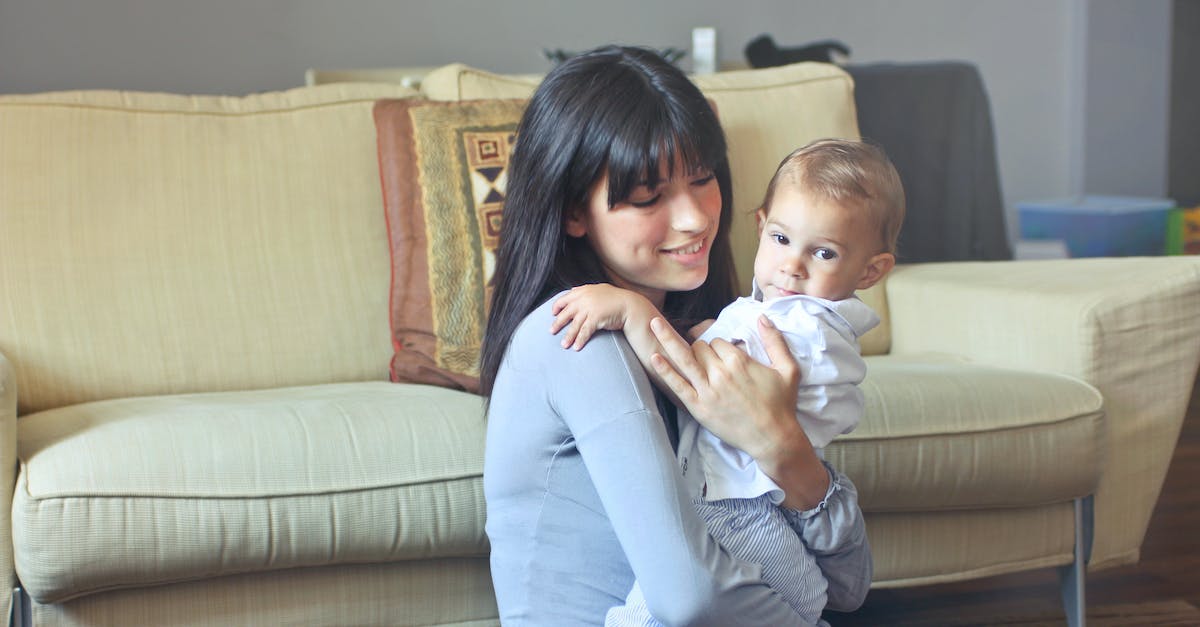
Are you a parent wondering what natural consequences are? Well, you’re in luck! Natural consequences are a powerful tool to help your kids learn how to make better decisions. In this section, we’ll explore what natural consequences are and how you can use them to help your kids learn.
Let’s start with the basics: What are natural consequences? Natural consequences are the logical outcomes of a child’s behavior, and they help your child learn from their mistakes without your intervention. For example, if your child forgets to bring their lunch to school, they will naturally experience hunger until they can get something to eat.
Natural consequences can be both positive and negative. If your child chooses to stay up late, they may feel tired the next day. On the other hand, if they make the effort to get up on time, they’ll have more energy for the day.
Using natural consequences can also help your child develop autonomy. An example of this would be having your child take responsibility for their own messes. If they leave their toys out and you don’t clean up after them, they’ll soon learn that their toys will be missing if they don’t put them away.
It’s important to remember that natural consequences should never be used as a form of punishment. While the child may experience a negative outcome, the goal is to teach them to make better decisions and take responsibility for their actions.
Now that you have a better understanding of what natural consequences are, you can start to use them to help your child learn. So next time your child makes a mistake, instead of intervening, take a step back and let natural consequences do their job.
Benefits of Natural Consequences
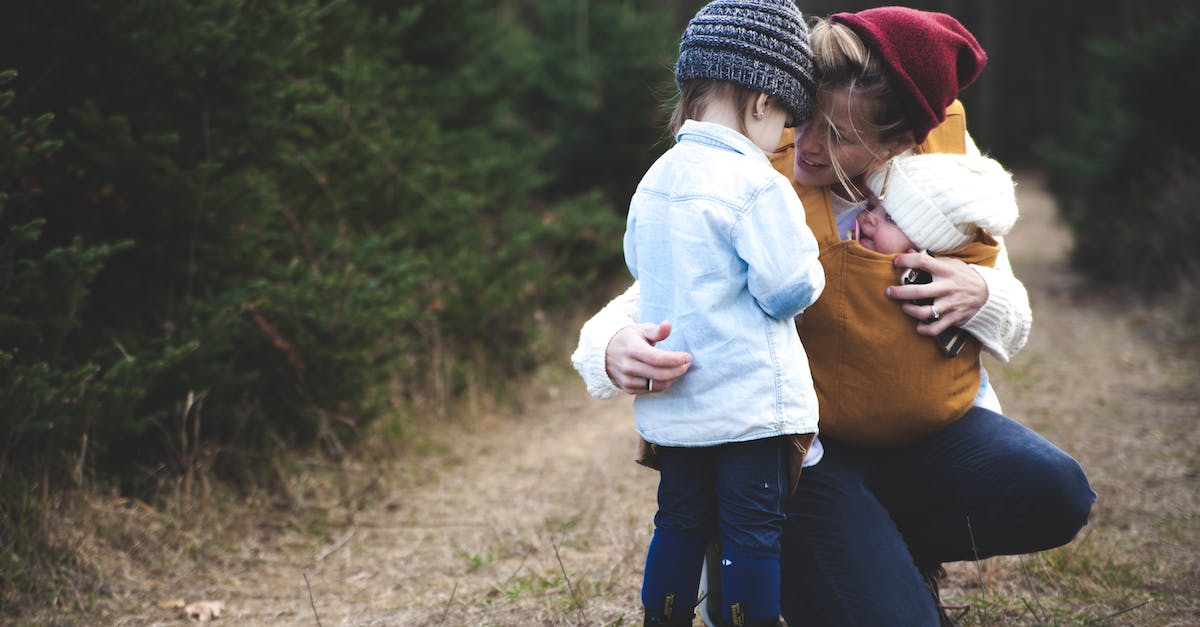
Natural consequences help children learn to take responsibility for their own actions. Instead of punishing a child for a wrong action, you can use natural consequences to help them understand the cause and effect of their decisions. For example, if your child is late to school, they can learn the consequences of their tardiness when they receive detention.
Second, natural consequences help children become more independent. Instead of relying on adults to make decisions for them, natural consequences allow children to figure out how to handle a situation on their own. For instance, if your child is not cleaning their room, you can let them learn the consequences of living in a messy room by not being able to find things or having to clean it up at the last minute.
Finally, natural consequences can help children build their self-confidence. When children are allowed to make their own decisions and accept the consequences of those decisions, they learn to trust their own judgment and make their own decisions confidently.
So, if you’re looking for a way to teach your child responsibility, independence, and self-confidence, then natural consequences are definitely worth trying out. Who knows, maybe you’ll even be surprised by the results!
When Natural Consequences Are Not Effective
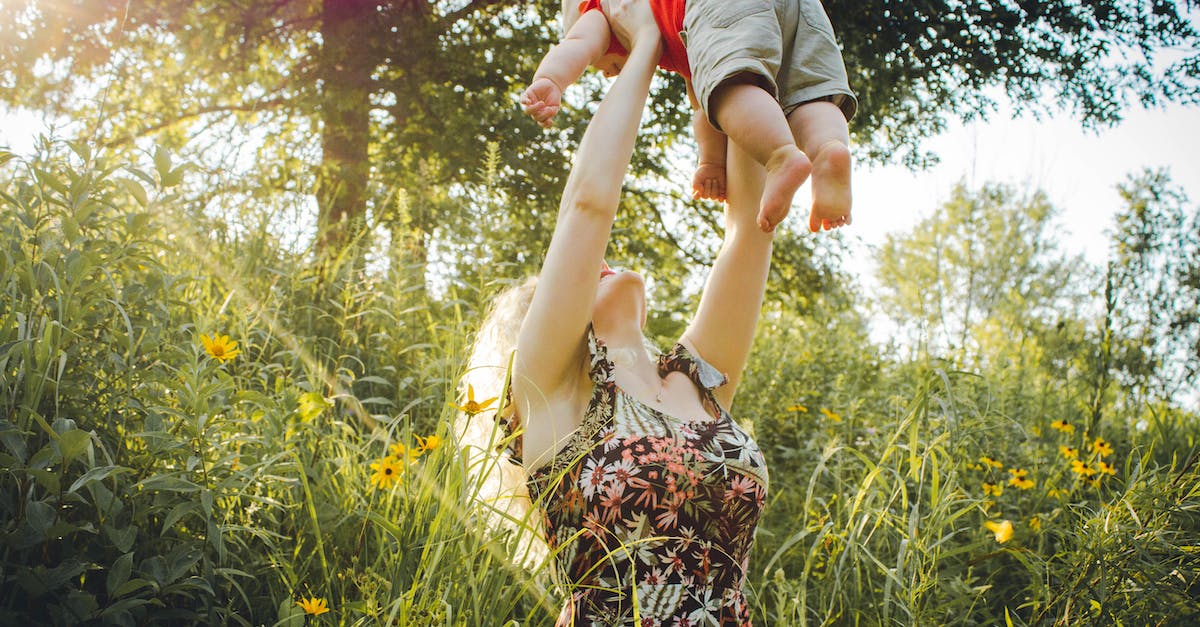
Sometimes, natural consequences will not work for your kids. Maybe they are still not getting the message that their behavior is unacceptable. Or, maybe their behavior is so extreme that natural consequences won’t help. This can be frustrating, but don’t give up just yet!
It’s important to remember that natural consequences are not the only way to teach your kids. You can also use other methods, such as logical consequences or positive reinforcement. Logical consequences are consequences that are related to the behavior. For example, if your child is not doing their homework, you can set a logical consequence of no TV until their homework is done. Positive reinforcement is when you reward good behavior, such as giving your child a sticker for doing a good job.
It’s also important to remember that natural consequences are not always the best solution. Sometimes, natural consequences can be too harsh for your child. If your child is very young or sensitive, natural consequences may be too overwhelming for them. In these cases, it’s best to use other methods, such as logical consequences or positive reinforcement.
Finally, remember to be patient and understanding. Your child is still learning, and it may take some time for them to understand the consequences of their behavior. Keep in mind that you are their parent, and you know what is best for them.
Natural consequences can be an effective tool for teaching your kids, but remember that it’s not the only way. Be patient and understanding, and don’t forget to use other methods, such as logical consequences or positive reinforcement. Good luck!
How to Use Natural Consequences
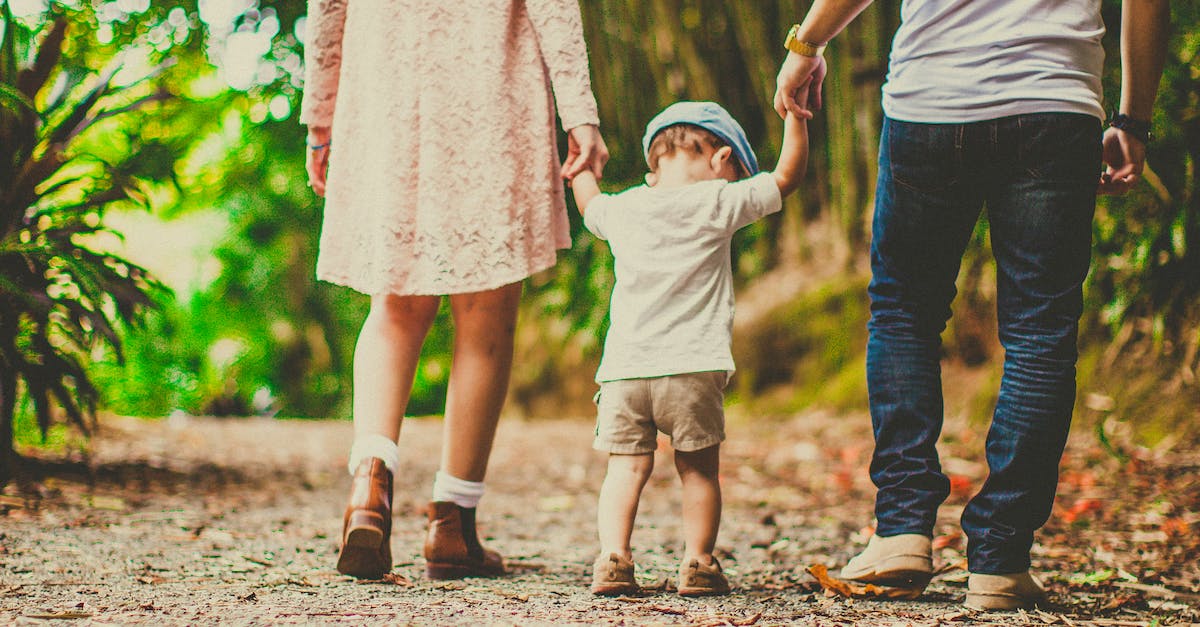
For starters, it’s important to remember that natural consequences are not punishments. Instead, they are intended to help your child learn from their mistakes and make better decisions in the future.
One way to use natural consequences is to give your child the opportunity to fix their mistake. For example, if your child spills their milk, they can clean it up. This teaches them responsibility and gives them a chance to make it right.
Another way to use natural consequences is to teach your child the importance of taking care of their possessions. If they leave their toys out, they can’t play with them until they put them away. This teaches them to take responsibility for their belongings and teaches them to be organized.
Finally, natural consequences can also help your child learn to think ahead. If they forget their lunch, you can allow them to make their own lunch or have a snack instead. This helps them think further ahead, so they don’t make the same mistake in the future.
Using natural consequences is a great way to help your child learn from their mistakes without punishment. So why not give it a try today?
Unintended Consequences of Natural Consequences
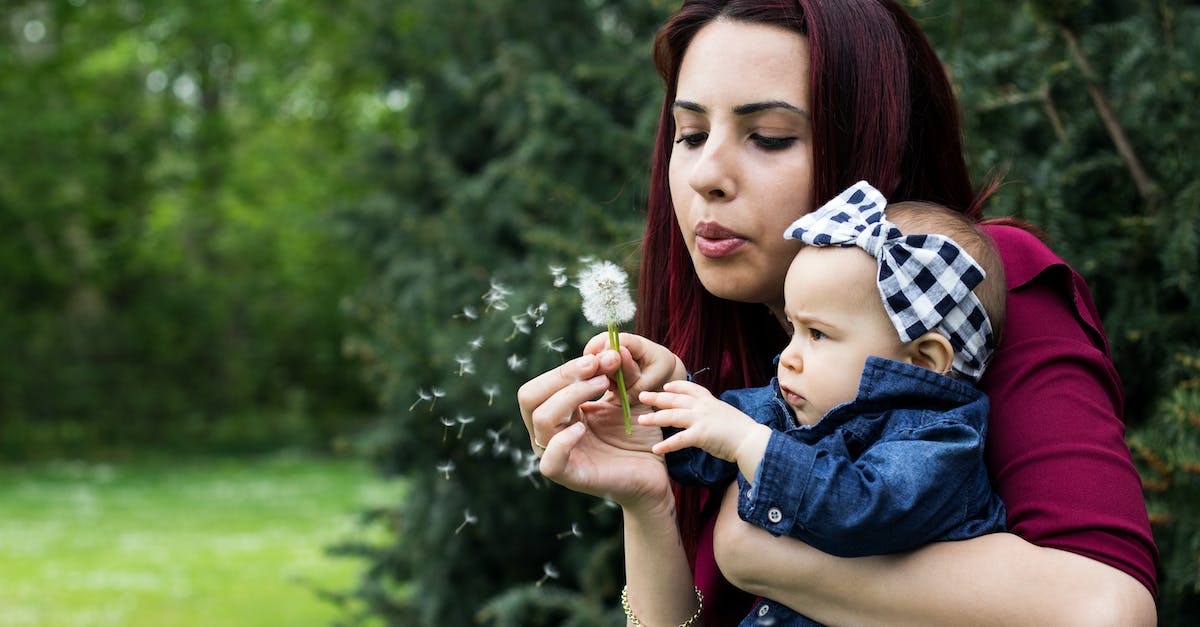
You’re probably familiar with the concept of “natural consequences,” but do you know all about the unintended consequences that can come with them? Well, let me tell you, there can be some surprising outcomes!
Here’s an example: I had a friend who tried using natural consequences with his son. When the son didn’t get his chores done, he would lose his video game privileges for the week. The idea was that the son would learn to take responsibility for his actions by feeling the consequences of them.
What resulted from this? Well, the son soon started to get his chores done in a timely manner, sure, but the unintended consequence was that he also started to get creative with how he could get around his parents’ expectations. He would find loopholes in their expectations, like asking his dad if he was okay with him doing chores on Saturday instead of Friday.
So, while this example shows that natural consequences can be effective, it’s also important to note that they can create unintended consequences. It’s important to be aware of these when you’re considering using natural consequences with your own kids.
Think of natural consequences like a double-edged sword – they can be effective, but they can also have unintended consequences that you need to be aware of.
Tips to Make Natural Consequences More Effective
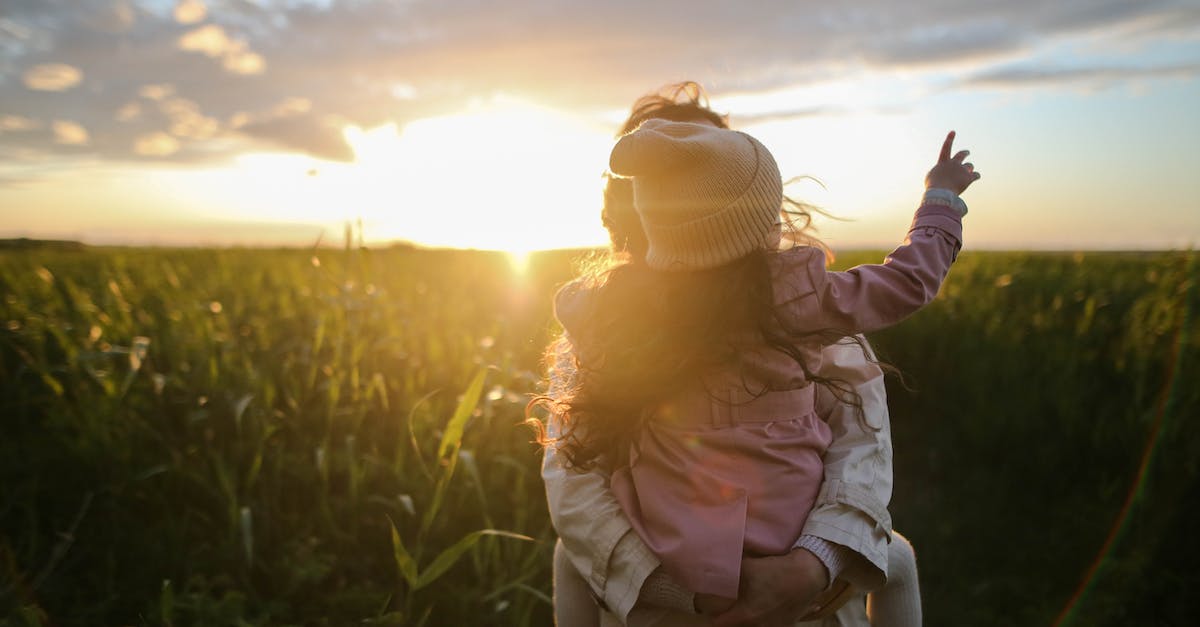
Natural consequences, like allowing your child to experience the natural result of their actions, can help your kids learn valuable lessons.
First, remember it’s important to be consistent. If you’re going to use natural consequences, make sure that you use them each and every time. This will help your kids learn to make good decisions.
Second, give your kids an opportunity to make the right decision. You can do this by giving them a choice or by providing them with a warning that if they don’t make the right decision, they’ll face natural consequences. This will help your kids understand the importance of making good choices.
Third, be sure to explain the natural consequences to your kids. They should understand why their actions have resulted in the consequence. This will help them to learn from their mistakes and make the right decisions in the future.
Fourth, be sure to follow through with the natural consequences. Don’t give in to your kids’ pleas or threats. If you do, your kids will learn that they can get away with bad behavior.
Finally, be sure to provide your kids with support and understanding. It’s ok to be firm and consistent with natural consequences, but it’s also important to show your kids that you care about them and understand their feelings.
So, if you’re looking for an effective way to teach your kids, give natural consequences a try. With these tips, you’ll be sure to make natural consequences more effective.
Examples of Natural Consequences

Section 7 of this guide is all about examples of natural consequences, so let’s get to it.
One example of a natural consequence could be when your child doesn’t clean up their toys before bedtime. Letting them go to sleep in a messy bedroom is a natural consequence of their inaction. The next day, they’ll likely be more motivated to get their room in order.
What if your child refuses to wear a coat outdoors in the winter? This is a perfect opportunity to let them feel the cold and realize the importance of staying warm. That’s one of the most straightforward natural consequences you can use to teach them a lesson.
If your child fails to do their chores, then a natural consequence could be not being able to go out and play with their friends. This is a great way to show them that their actions have consequences that can be both positive and negative.
Finally, if your child refuses to help with dinner, then letting them go to bed hungry is a natural consequence. This will show them that if they don’t help out, they won’t be able to enjoy the rewards of their hard work.
Well, mama, there you have it. Section 7: Examples of Natural Consequences. Use them to your advantage, and let your kids learn from their own mistakes!
Final Thoughts on Natural Consequences
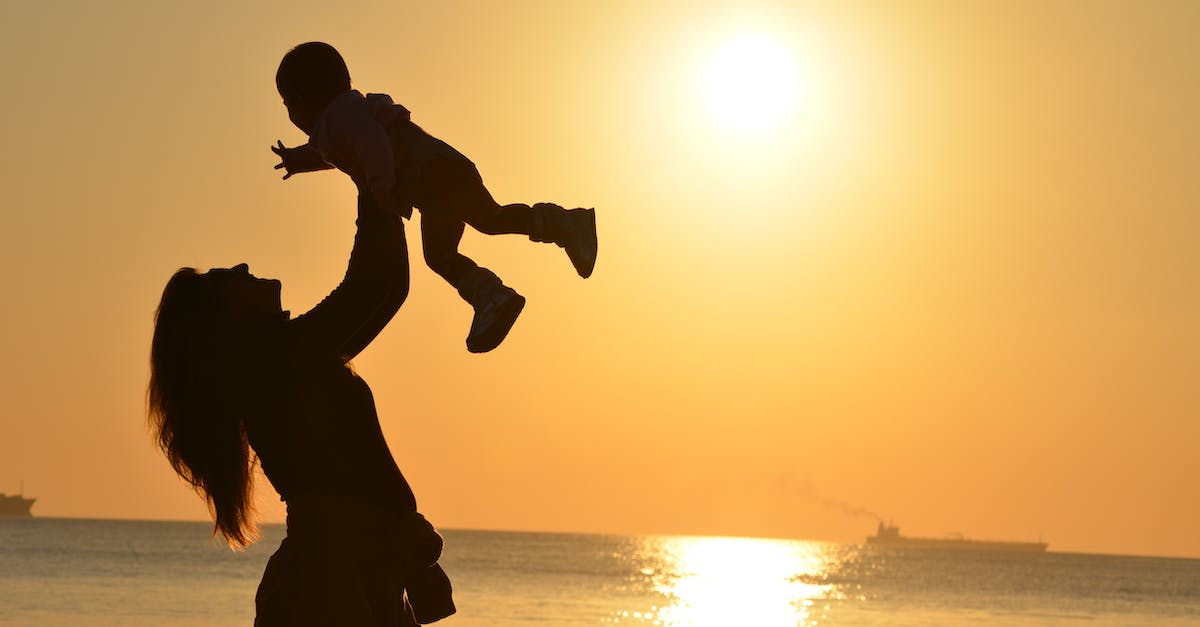
Congratulations, you’ve reached the end of this article on natural consequences for your kids! You now have some great tools at your disposal to help you navigate the process of setting boundaries, teaching consequences, and encouraging responsibility.
It’s been a long journey, but the final thoughts we want to leave you with are simple: Natural consequences are a great way to help your kids learn from their mistakes and take ownership of their actions. They are also a great way to help you avoid power struggles and maintain healthy boundaries.
Most importantly, natural consequences are about helping your kids understand why their actions have consequences, which will ultimately help them become responsible and independent adults. So, as you set boundaries and consequences for your kids, remember to be firm but also gentle.
Finally, don’t forget to have fun and enjoy your time with your kids. Raising children takes a lot of work, but it can also be incredibly rewarding when you get to see how your kids grow and develop into independent, responsible adults.
Conclusion
For parents looking to teach their children responsibility and respect, natural consequences are an effective and practical approach. Natural consequences help kids learn to take ownership of their own actions and understand that the choices they make have real-world implications. From missing out on a playdate if your child doesn’t finish their homework to being stuck out in the rain because they forgot their umbrella, natural consequences are a great way to foster responsibility and respect.
It’s important for parents to remember to stay positive and consistent when using natural consequences. While it may be frustrating to see your child suffer the consequences of their actions, try to remember that this will help them learn and become a better person in the long run. Natural consequences are a great way to instill responsibility, respect, and ownership in your children, and when used correctly, they can help your child become a responsible and respectful adult.
References:
- http://www.parentingforbrain.com/natural-consequences-for-kids/
- https://www.verywellfamily.com/natural-consequences-for-kids-1095025
- Natural Consequences: What Every Parent Should Know. (2020, October 29). https://www.verywellfamily.com/natural-consequences-what-every-parent-should-know-4133136
- https://www.parentingscience.com/natural-consequences.html





